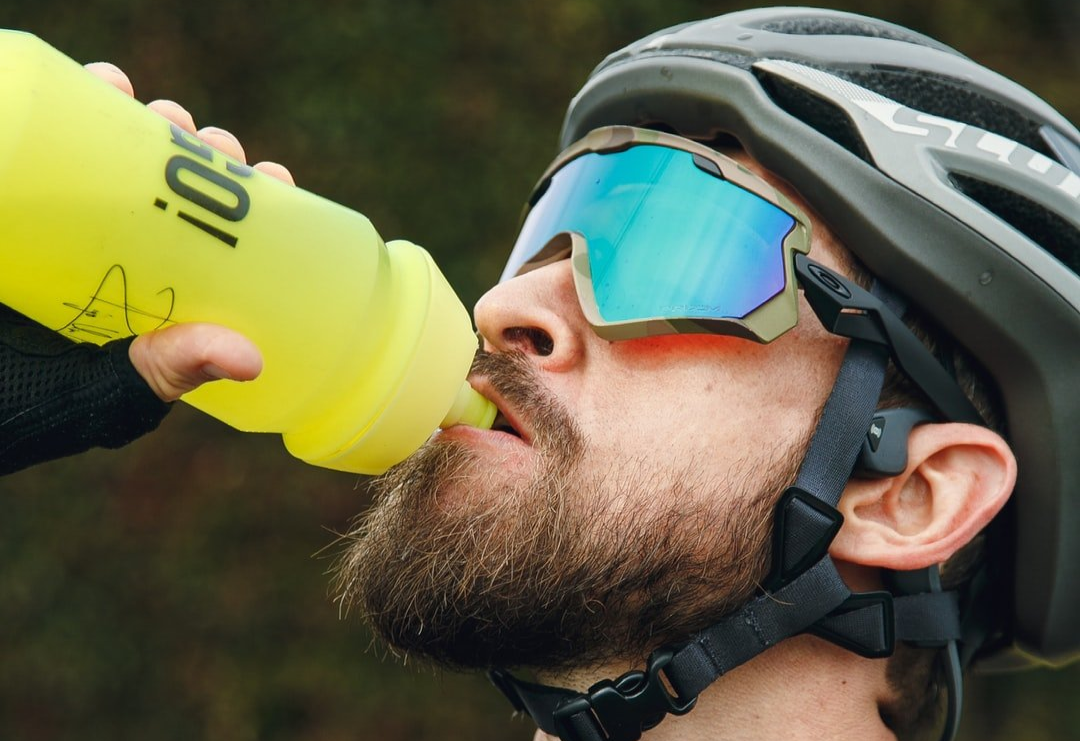What Kind of Skratch is Right for Right Now?
As of the 1st of November, 2014, Skratch Labs has 4 different types of hydration drink mix. Picking the right one depends entirely on how much you’re sweating and how long you’re exercising. Let’s break it down. Here’s what all Skratch Labs hydration drinks have in common: they contain a balanced blend of sodium, potassium, calcium and magnesium that varies mix by mix depending on your needs and they are flavored only with real dehydrated fruit* and varying degrees of sugar also depending on your needs. That’s it.
Essentially, Skratch is just something you drink to keep you hydrated. When you’re sweating and thirsty, this is what you drink. It is not a protein drink, it’s not a meal replacement, it’s not a diet shake. It’s like a Gatoraid-type beverage except that it doesn’t suck like Gatoraid-type products do.
Exercise Hydration
Originally dubbed Secret Drink Mix (SDM to those truly on the inside), this is the mix that started it all. This mix consists of an electrolyte and carbohydrate blend optimized for sweaty workouts lasting longer than an hour. You can purchase this in 1 pound bags or single-serve sticks. This is available in 6 flavors: Lemons + Limes, Raspberries, Oranges, Pineapples, Matcha + Lemons (green tea) and Apples + Cinnamon. The Apples + Cinnamon is made to drink hot (like when you’re skiing, snowboarding, snowshoeing or tobogganing). The Matcha + Lemons contains caffeine.
Everyday Hydration
This product was added to the lineup when Skratch discovered that some people liked Skratch so much that they were drinking it all day long like it was delicious or something. Truth is, it is delicious but it has too much sugar and too much sodium to be sucking down 6 bottles a day while you’re sitting on your keister doing your office job. So, the Everyday Formula was invented. Better than water in terms of thirst-quenching but half as much sugar and 1/3 the sodium of the regular mix. Also available in 1 pound bags and single-serve sticks. Lemons + Limes and Raspberries flavor this blend.
Rescue Hydration
The Rescue blend is the newest formula and I’d like to think I’m personally responsible for its existence. One day, I emailed Skratch Labs and asked them to compare Skratch to Pedialyte. I hated the idea of giving my sons Pedialyte and wanted to see if Skratch would be appropriate. They told me that Pedialyte has much more sodium and potassium and that Skratch fell short for severe dehydration concerns arising from flu or diarrhea. I swear, it was less than 2 months after I asked that Skratch came out with Rescue Hydration. So, when you or your babies are suffering, ditch the Pedialyte and use Rescue for yourself or your children when the dehydration gets really bad. Single-serve sticks in Lemons + Limes only.
Hyper Hydration Mix
This is the mix that our friend Kevin Muggleton should have been drinking (if it was available then) when he was racing his rally bike across the Atacama Desert in 140 degree temperatures while wearing full body armor. This is for serious heavy sweating (not petting). 1700 mg sodium in every serving. Available only in Mangos in 1 pound bags and single-serve sticks. (Not stocked at Vitruvian Fitness).
More Information
For more details about Skratch Labs and their products, visit them at skratchlabs.com.
Incidentally on a totally separate topic, Kevin is taking time off from racing rally bikes and focusing on his kick-ass tent company, Redverz Gear. Check out Kevin’s tents and other gear at redverz.com.
* Ironic n’est-ce pas?
You might also enjoy these posts . . .








